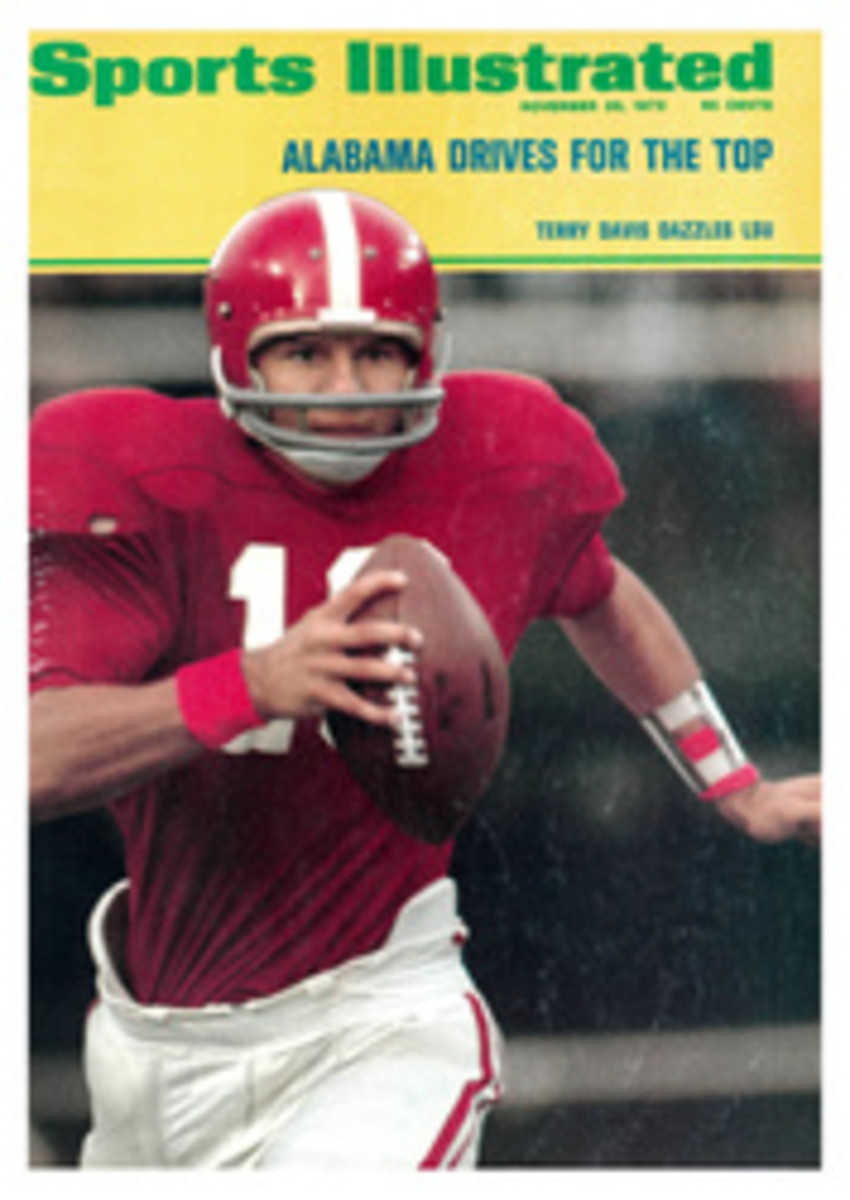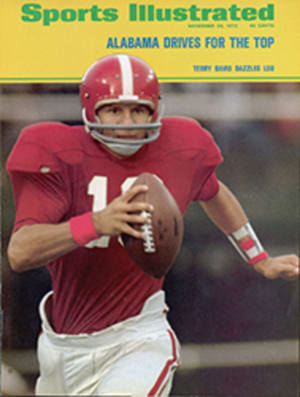
Out of the sheath and into the showcase
Few objects in man's experience have been at once so useful and, in their finest manifestations, so beautiful as the knife. The sport of hunting alone has produced a staggering number and variety. Hunting having long since receded as a necessity to sustain human life, one might imagine that the knifemaker's craft had suffered a corresponding recession. The contrary is true. Never have so many hunters—doers and dreamers alike—spent so much as they are spending now on sporting blades that will never be bloodied. They are buying design, craftsmanship and proportion.
There are approximately 100 custom craftsmen in the U.S. lovingly creating art objects like those at the left. D. E. Henry of Mountain Ranch, Calif., who produces just 50 knives each year, says, "I don't make hunting knives, I make collector's items, and I have a two-year backlog of orders."
The bowie knife, that beau blade of the frontier, is obsolete both for hunting and fighting but is in heavy demand by collectors. The one that is the centerpiece of the photograph costs $300. Its huge blade—11" by 2¼"—and handsome appurtenances were crafted in Yuma, Ariz. by Dan Dennehy. His variation on the bowie theme boasts an ivory handle inlaid with turquoise, and brass-work hand-peened to Dennehy's exacting taste.
Two of the three knives to the right of the bowie are also meant not for the field but for the showcase. That specimen with the wolf-jaw handle is a Blackfoot Dag, a type favored by 19th century mountain men of the fur trade. An original would be a rare and valuable find. This copy by Walter Kneubuhler of Pioneer, Ohio costs $100. The intricately engraved, ivory-handled folding knife by H. H. Frank of Amherst, Ohio has a $425 price tag, but one can have fine lines for a modest sum, too. Consider the boot knife by John Cooper of Burbank, Calif. at the bottom of the page. Its price is only $42, and it is said to find its way into a few FBI boots, among others.
Most of the custom men make working knives as well as ornamental ones—the three skinning blades to the left of the bowie are outstanding examples—but there undoubtedly are more collectors than serious hunters among their customers. Even so, Cooper's notch-bladed "Shawnee" skinner will set you back only $45; Dennehy's starkly simple, Eskimo-inspired "Ooloo" model is $50; the finger-grooved "Palmetto" skinner by Bob Dozier of Springdale, Ark. $145.
Not surprisingly, no one has yet been able to execute a perfect hunting knife, but most sportsmen have gravitated to a blade of approximately four inches with enough curve for skinning and enough point for caping. The latter is the art of skinning out the head of a trophy animal for taxidermy. Freeing the skin properly from the bases of the horns and from the areas of the eyes, ears, nostrils and mouth is highly skilled work, making all the difference between a fine mounted head and a horror show. The knife handle should be of material resistant to blood and moisture and should be a perfect fit in the hand.
Like their products, the knifemakers are keenly individualistic: The Knifemakers Guild was not organized until 1970, and then only after 15 years of infighting. About half the custom men, disdaining the guild, still go their separate ways. Bob Loveless, who made his first blade from a leaf spring of a '38 Packard abandoned on a junk heap, was the founding secretary. "It's a cutthroat business," he says.
Bo Randall of Orlando, Fla. is the grand old man of the custom trade—although he looks more like a suave movie lawyer than a grand old man of anything. Recently New York's Museum of Modern Art put a Randall-made knife into its design collection, along with the Tiffany lamp and the Breuer chair.
If there is a knife capital of the U.S. it is Springdale, Ark., where several knife-makers work in comparative harmony, thanks to the efforts of A. G. Russell, honorary president of the Knifemakers Guild. Russell says there were only seven U.S. knifemakers with anything like a national reputation when he first went into business in Springdale in 1968 selling blades and novaculite—the Arkansas sharpening stone.
"The collectors have opened up the market," says Russell. "Every American kid has always carried a pocketknife. Now, thanks to the collectors, we have a $425 pocketknife." Loveless isn't so pleased. To him knives are pure working tools, on which decoration is desecration. "The emphasis must always be on function," he says. "I strive to eliminate embellishment. When I make a knife, it is an extension of my experience. But few are purchased by the good hunters. Knives have become toys for rich men."
PHOTO
RICHARD MEEK

